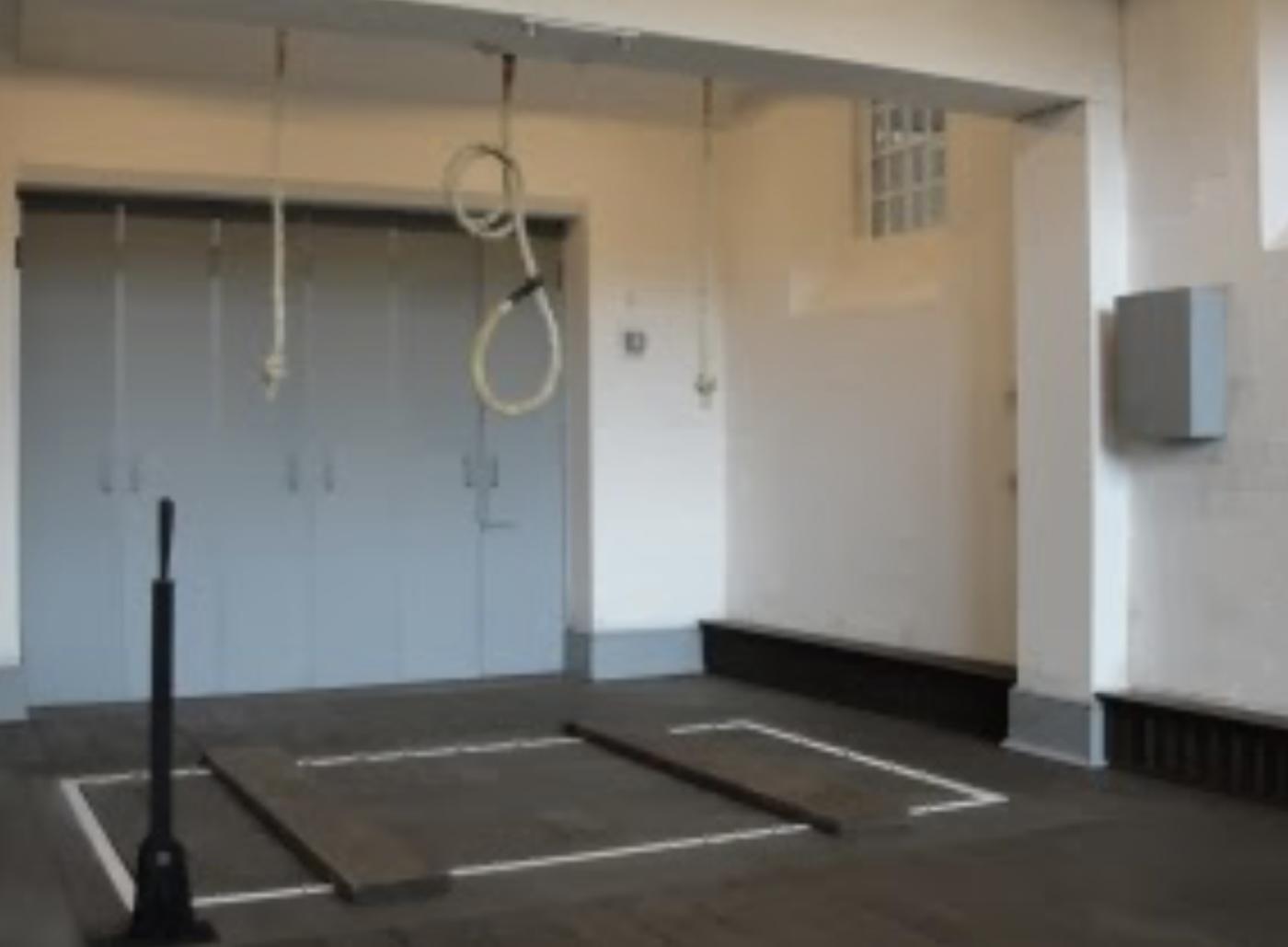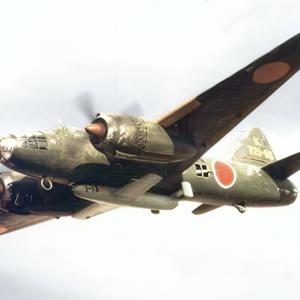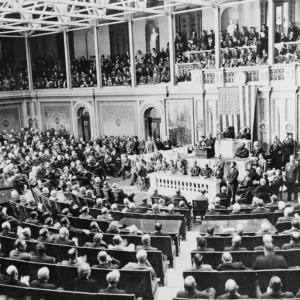
WW2 spy executions
During the Second World War, Wandsworth Prison in London played a grim and secretive role in Britain’s war effort, becoming the site of multiple executions of enemy agents. Among those executed were German spies Josef Jakobs, Karl Drücke, and Werner Walti, each facing justice under the Treachery Act of 1940. Their cases offer a striking portrait of wartime espionage and the swift, unforgiving punishment meted out to those who were caught.
Josef Jakobs was a former dentist and member of the German military intelligence service, the Abwehr. On the night of 31 January 1941, he parachuted into a field near Ramsey in Huntingdonshire. He landed awkwardly, broke his ankle, and was unable to move. In a desperate bid for rescue, he fired his pistol into the air. Local farmers and the Home Guard quickly apprehended him. On his person, authorities found forged British currency, a German pistol, a powerful radio transmitter, and a code wheel. He also carried a photograph of Clara Bauerle, a German cabaret singer whom he claimed was meant to follow him to Britain.
Jakobs was first taken to the local police station, then transferred to London where MI5 interrogated him extensively. He spent several weeks in hospital due to his injury, then was moved to Camp 020, an MI5 facility used for holding and questioning enemy agents. He cooperated fully with British intelligence, revealing not only his mission but also the structure and tactics of the Abwehr. However, cooperation did not spare him from prosecution. In July 1941, Jakobs was transferred to Wandsworth Prison and placed in the condemned cell wing.
He was tried in a closed military court at the Duke of York’s Headquarters in Chelsea on 4 and 5 August 1941. Though his status as a uniformed German officer meant he was entitled to a firing squad instead of hanging, the court found him guilty of espionage and sentenced him to death. On the morning of 15 August 1941, after writing a final letter to his family and receiving the last rites, Jakobs was driven under guard to the Tower of London. Too injured to stand, he was strapped to a wooden chair in the Tower’s firing range. A white target was pinned to his chest, and at 7:12 a.m., a squad of eight Scots Guards executed him. He was the last person ever executed at the Tower of London.
Just days before Jakobs’ execution, on 6 August 1941, two other German agents—Karl Drücke and Werner Walti—were hanged at Wandsworth Prison. They had entered Britain as part of a wave of German attempts to infiltrate the country, often with the aim of gathering military intelligence or establishing contact with sympathizers. Drücke and Walti, like many others, were quickly identified and apprehended by British counterintelligence, who had already turned several captured agents into double agents as part of the highly successful “Double-Cross” system.
Unlike Jakobs, Drücke and Walti were not treated as prisoners of war. They were tried under the Treachery Act, which applied to both foreign and domestic individuals who attempted to assist the enemy. The Treachery Act allowed for rapid court proceedings and mandatory death sentences. After being found guilty, they were placed in the condemned block at Wandsworth and executed by hanging in the prison’s permanent gallows located between the E and F wings. The hangings were conducted with total secrecy, attended only by officials and the prison executioner.
The executions at Wandsworth reflected the broader wartime policy of treating captured enemy agents with zero tolerance. Espionage was considered not only a military threat but also a psychological one, intended to sow distrust and fear among the civilian population. The British government’s swift and silent handling of these spies was meant to deter future missions and maintain morale.
After the war, most records related to these executions remained sealed for decades. The chair used to execute Jakobs is now preserved, and some of his personal effects are held by the National Archives. Wandsworth Prison continued to carry out executions until 1961, with the gallows maintained until the early 1990s before finally being dismantled. Today, these stories serve as stark reminders of the invisible war that raged behind the front lines and the individuals who were swept up in its web of secrecy, deception, and fatal consequence.










